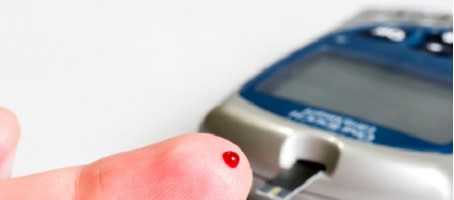Cells in the human gut could be reprogrammed to make insulin in people with type 1 diabetes, paving the way for new treatments for the disease.
Scientists at Columbia University Medical Center (CUMC) in the U.S. previously showed that the intestinal cells of mice could be transformed into insulin-producing cells. But now the team say they have achieved the same results using human intestinal cells.
Published in the journal Nature Communications, their latest research shows that these cells can be coaxed into making insulin – the blood sugar-regulating hormone that people with type 1 diabetes lack – and could therefore be used to replace lost beta cell function in these patients.
“People have been talking about turning one cell into another for a long time, but until now we hadn’t gotten to the point of creating a fully functional insulin-producing cell by the manipulation of a single target,” Domenico Accili, the Russell Berrie Foundation Professor of Diabetes (in Medicine) at CUMC and senior authors of the study, said.
For their study, Accili and colleagues used human pluripotent stem cells to create a tissue model of the human intestine. Through genetic engineering, they then identified and deactivated the FOX01 gene inside the gut cells, thereby changing the latter.
After seven days, the team discovered that the cells started releasing insulin, but more importantly, only in response to glucose (i.e. only when needed).
The researchers concluded that if a drug can be found that can inhibit the FOXO1 gene, human gut cells could be retrained to offer a potential cure for type 1 diabetes.
“The findings raise the possibility of using gut-targeted FOXO1 inhibition or gut organoids as a source of insulin-producing cells to treat human diabetes.” Dr. Accili added.
What's new on the forum? ⭐️
Get our free newsletters
Stay up to date with the latest news, research and breakthroughs.






